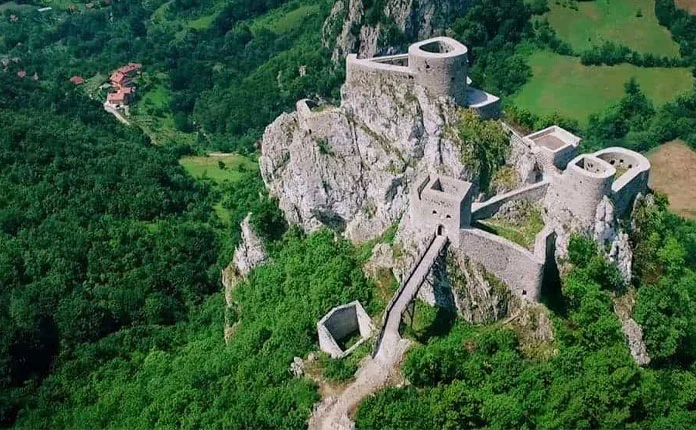Iran’s castles or citadels are robust historical structures erected in various cities for the rulers’ residence and defense against enemy attacks.
The castle or fortress has always held a special place in ancient times. Iran’s castles, situated atop hills and high rocks, still stand strong despite enduring attacks and invasions by many enemies throughout history. They are old and sturdy fortresses concealing thousands of bitter and sweet secrets within their walls.
These castles have undergone numerous alterations due to both natural and unnatural events and have been restored multiple times. Join us in this post from OverIran tourism magazine to acquaint you with Iran’s historical castles.
1. Falak al-Aflak castle
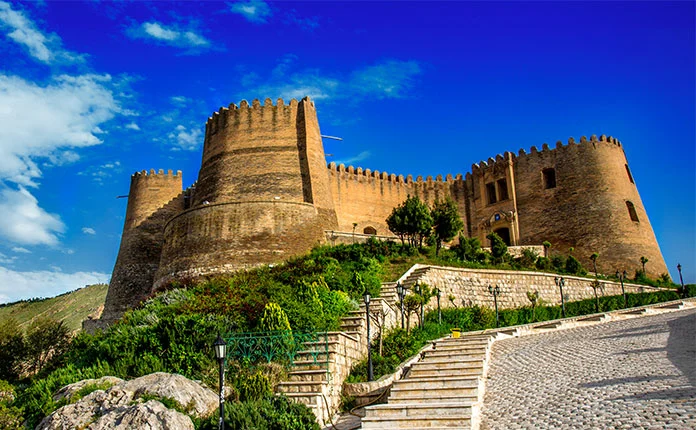
Falak al-Aflak Castle is one of the most famous castles in Iran, constructed atop the highest point of Khorram Abad city and situated on the ancient Falak al-Aflak hill, enabling it to dominate the neighboring areas. This castle, covering an area of about 5300 square meters, stands at a height of 40 meters. Throughout history, Falak al-Aflak Castle has served various purposes: as a prison for Roman prisoners, the seat of the city government, a royal treasury, and a military barracks. Today, it is open to the public, serving as both an archaeology museum and an anthropology museum, as well as a laboratory for the restoration of historical monuments.
From the Sassanid period until the present day, Falak Al-Aflak Castle has been known by various names: Shapurkhast Castle, Khorram Abad Castle, Atabakan Palace, and 12 Tower Castle. This castle features 12 towers, each corresponding to the number of constellations; hence, during the Qajar period, it became known as Falak al-Aflak. Clay, red brick, wood, stone, and mortar were utilized in its construction. Due to the heavy rains in Khorram Abad and the use of vulnerable construction materials, the castle incorporates a dehumidification system. The castle’s architecture illustrates extensive restoration and alterations throughout history, particularly during the Safavid and Qajar periods.
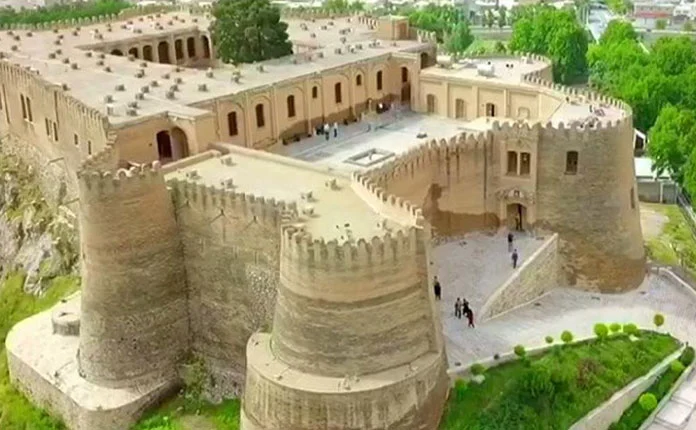
Falak Al-Aflak Castle is observed with two courtyards and 12 towers arranged in a regular pentagonal shape, each tower having different dimensions. Throughout all surfaces and facades, simple brickwork in the form of a rhombus is evident. The entrance section of this castle comprises the guard room, a corridor, and the first tower of the castle. In this area lies the sole two-story castle building named Golestan Mansion, encompassing an inner hall, an outer hall, a mosque, and an artillery site.
2. Alamut castle
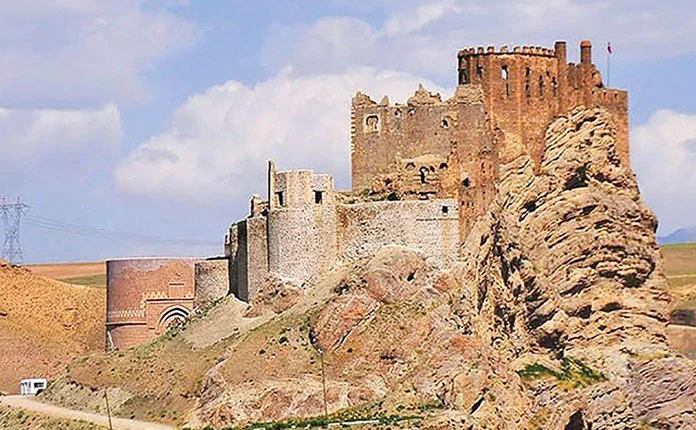
Alamut Castle resides in the northeast of Gazerkhan village, in the Alamut region of Qazvin, perched atop a rock at a height of 2,163 meters above sea level. The name “Alamut” translates to “eagle’s nest.”
The construction of Alamut Castle dates back to the early Islamic period. In 486 AH, Hasan Sabah, the leader of the Ismaili sect, captured this castle, making it his military and security headquarters against the Seljuks. Consequently, it is also recognized as Hassan Sabah Castle. Halakukhan ordered the castle set on fire in 654, transforming it into a government prison during the Safavid period. Excavations conducted in the Qajar era, aimed at finding treasure, and natural events have led to only the ruins of this magnificent castle remaining today.
Alamut Castle comprises two parts, east and west, resembling the shape of a sleeping camel. It spans approximately 120 meters in length and varies in width from 10 to 35 meters across different areas. Materials used in its construction include stone, brick, tile, wooden coils, plaster mortar, and clay tiles. The fortress boasts four towers, with the northern, southern, and eastern towers still standing. The sole entrance to the castle is on the northeast side.
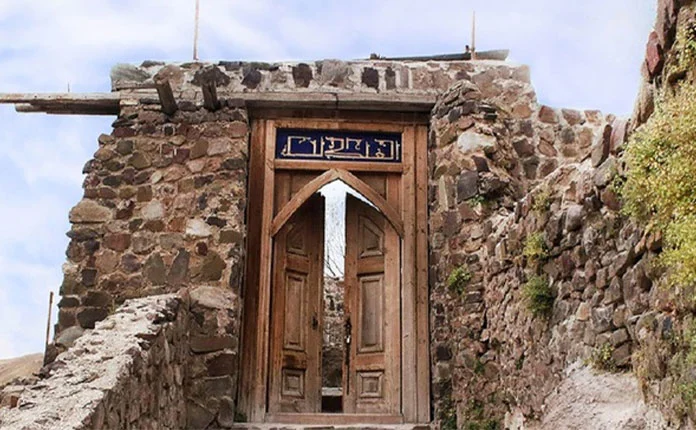
Among Alamut Castle’s marvels are its water supply system and the creation of water reservoirs. A perpetually full water hole in the northwest, connected to the southern pond, remains unfathomably consistent. The southern pond, measuring eight meters by five meters, is carved into rock and maintains water even during the rainy season—an incredible feat of construction from thousands of years ago. Adjacent to this pond stands an ancient and sturdy vine tree, still verdant and standing, a sight well worth experiencing.
3. The Shush Castle
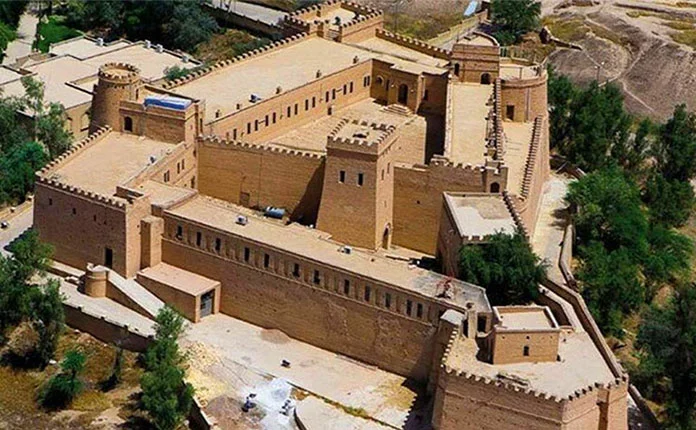
The Shush Castle is situated in the ancient city of Shush atop the Acropolis hill, which lies two kilometers away from the center of Susa city, recognized as the fortress of the French. Constructed by the French around 120 years ago during the Qajar period, this castle was built using bricks leftover from Dariush’s palace, with the intent of safeguarding the valuable antiquities unearthed in this city.
The architecture of Susa Castle closely resembles European palaces and medieval buildings to the extent that it’s known as the French Bastille prison. Built with clay and fortified with bricks for strength, Shush Castle retains a trapezoidal shape when viewed from above and is encircled by a corridor housing several rows of rooms that open to the courtyard. It features two large courtyards and three entrances, one of which remains closed. The primary entrance, located on the east side, connects to the main courtyard via a staircase.
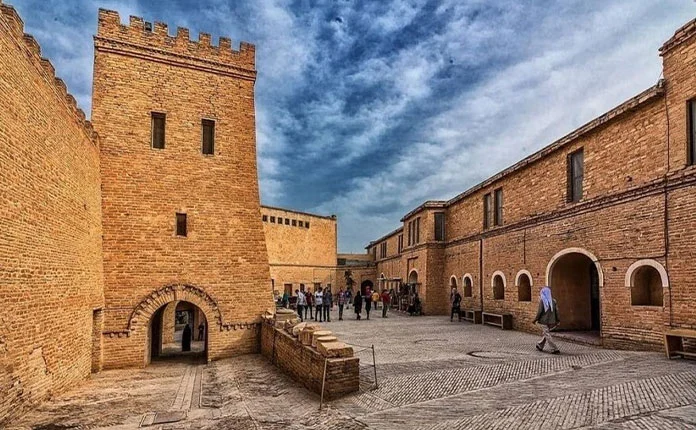
During the Iran-Iraq war, Shush Castle sustained considerable damage and underwent restoration in the 1970s. Regrettably, the restoration work lacked adherence to fundamental principles, leading to significant damage to the castle’s originality, particularly due to improper painting in some areas. Since 1371, the castle has been repurposed as a museum and a repository for historical artifacts.
4. Babak Castle
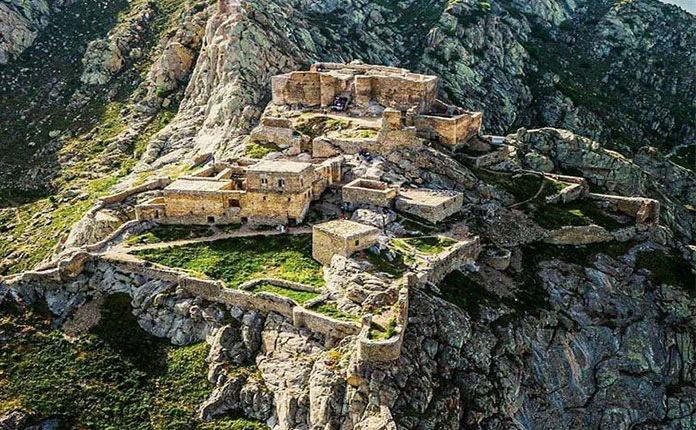
Babak Castle is considered one of the most renowned castles in Iran, situated atop a mountain ranging from 2,300 to 2,700 meters near the forests of Arasbaran. This fortress is also known as the President’s Fortress or the President’s Castle, while the locals refer to it as “Baz Qala Si.” For two decades, this stronghold served as the residence and battleground for Babak Khorramdin, the famed Iranian general. It was within these walls that Babak and his allies defended against the Abbasid caliphs and Arab armies, resulting in their retreat and defeat, thus prompting the renaming to Babak Castle.
The strategic placement of Babak Castle atop a high mountain was a clever tactic to shield the soldiers within from enemy arrows and bows. Remnants such as glazed pottery and copper coins indicate its use until the 6th and 7th centuries, after which it was abandoned.
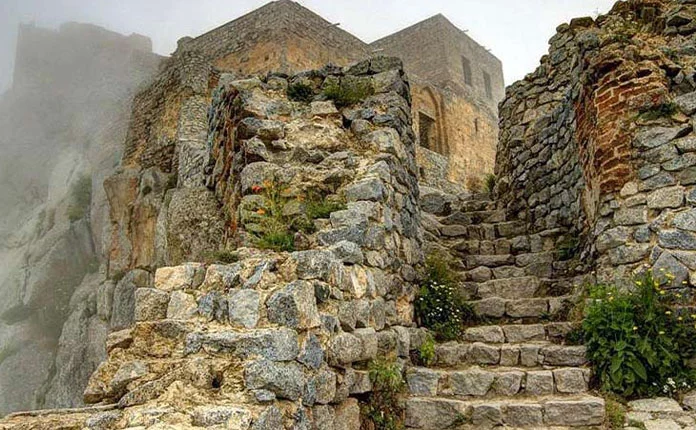
Access to Babak Castle is limited to a single main gate, vigilantly guarded by sentries. Four semi-cylindrical towers positioned on each side of the fort facilitated soldier observation. The structure of Babak Castle consists of two to three floors, encompassing a central hall surrounded by seven rooms. In the eastern section, a reservoir for storing snow and winter rain, covered with Sarooj to prevent water seepage, stands alongside the prison and stables. The northwest of Babak Castle once held stairs leading to higher areas, but these have since been destroyed.
5. Rudkhan Castle
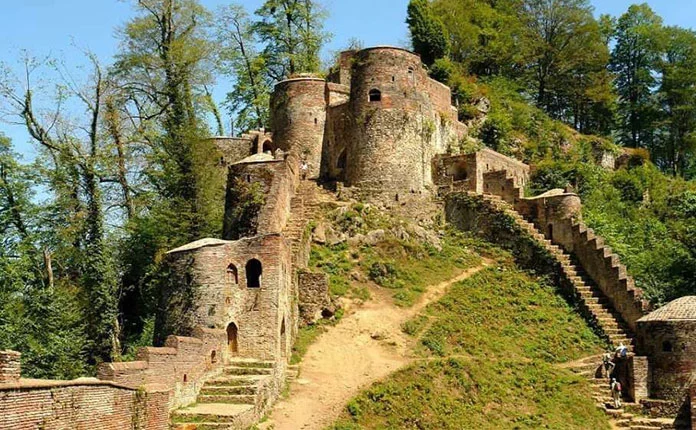
Rudkhan Castle stands as one of the most renowned military Castles in Iran, nestled amidst the forest trees of Foman city. Spanning an area of 6.2 hectares, this castle is perched at an altitude ranging from 665 to 715 meters above sea level.
Rudkhan Castle remained obscure until 1830 AD. According to Polish-Iranian studies, the castle underwent its first reconstruction between 918 and 921 AH for Sultan Hossamuddin Ishaq. An inscription once adorned the entrance gate, serving as the sole historical document of the castle; today, it is housed in the Rasht Treasure Museum. Archaeologists suggest that the castle was rebuilt during the Seljuk period and remained in use until the Zandiya period.
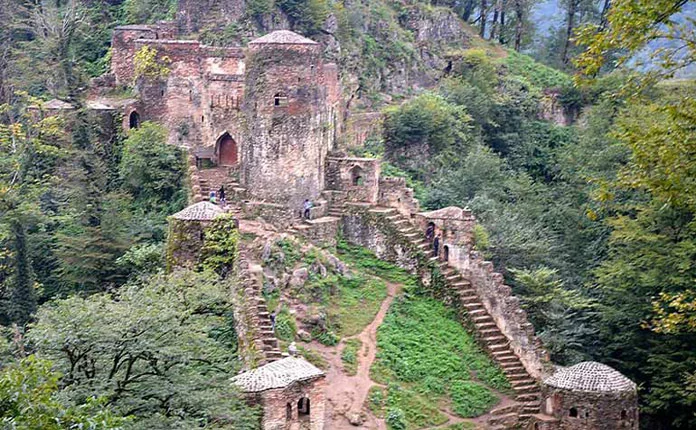
Constructed atop two peaks and the ridge between them, Rudkhan Castle encompasses three sections: western, middle, and eastern. The western segment, or citadel, situated at the castle’s highest point, comprises the king’s residence, harem, reservoir, cold storage, and multiple residential units. The middle section, located at the castle’s lowest level, houses the primary gate. The eastern part, known as Qorkhaneh and positioned on the 670-meter hill, serves as the castle’s military section, featuring a prison, bathhouse, and barracks. The fortress boasts 40 cylindrical watchtowers, each with an octagonal interior.
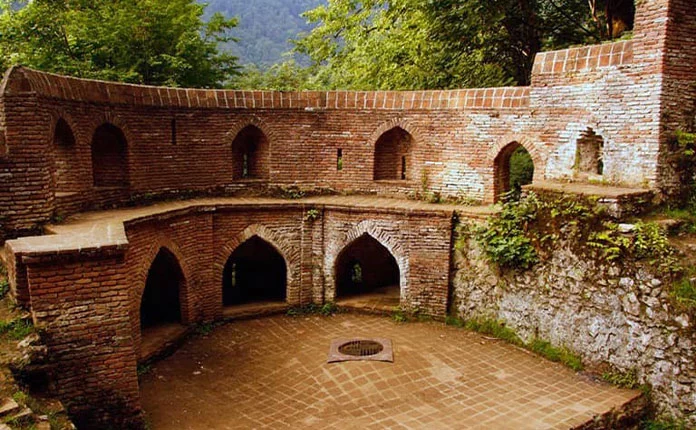
During archaeological excavations along the castle walls, 935 main steps were unearthed from beneath the ground, earning Rudkhan Castle the moniker of Thousand Steps Castle. At the castle’s entrance, a market has been established to cater to visitors’ needs, popularly known as ski vendors. These stalls offer a variety of local products, ranging from handicrafts to regional foods. Additionally, several restaurants serve an array of local dishes. Rudkhan Castle welcomes visitors year-round; however, navigating the castle during the winter season, marked by rain and cold weather, might pose slightly more difficulty.
Finally
Iran’s castles stand as some of the most alluring historical buildings in the country. If you are planning a trip to Iran and harbor an appreciation for history, we strongly recommend visiting at least one of these castles.
